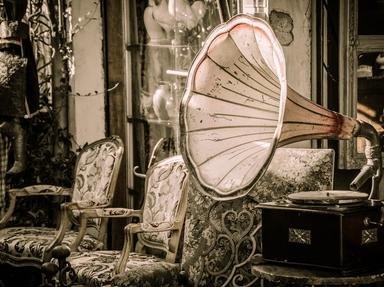Quiz Answer Key and Fun Facts
1. Oldest form of Chinese writing
2. Writing tool used by ancient Sumerians
3. Ancient island culture's writing preserved by a catastrophic fire
4. Ancient culture that created re-usable wax tablets on which to write
5. A soft porous writing material used in early schools for several centuries
6. Ancient society that gave us the first form of lead pencils
7. Nationality of the inventor of the pencil sharpener
8. Name given to the glass container holding the fluid used by dip pens
9. Consumable product once used as an eraser
10. Once the favoured implement of choice for a calligrapher
Source: Author
Creedy
This quiz was reviewed by FunTrivia editor
bloomsby before going online.
Any errors found in FunTrivia content are routinely corrected through our feedback system.

